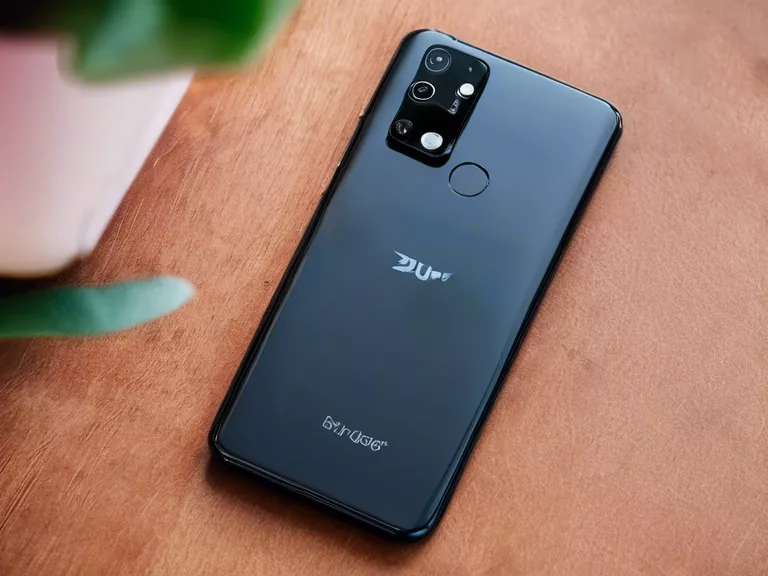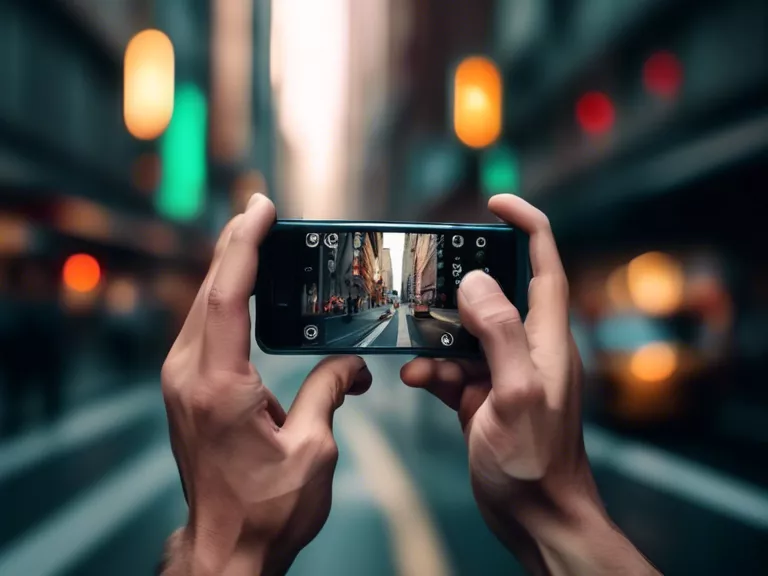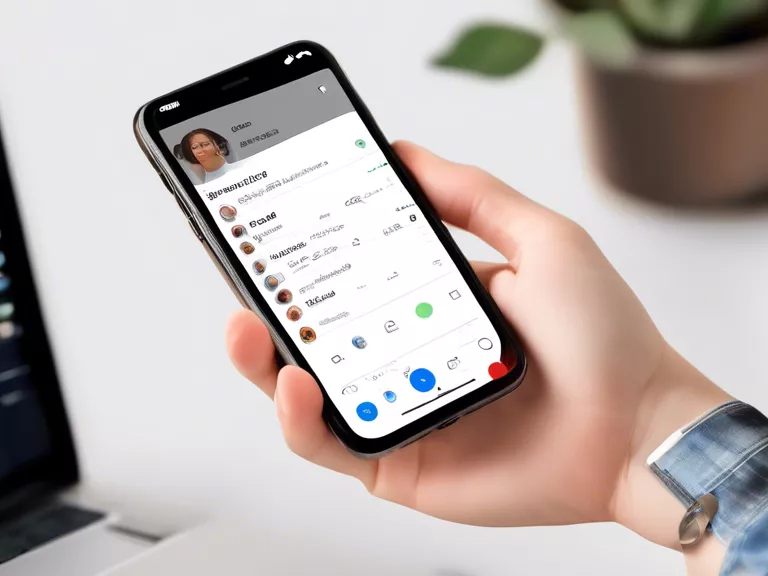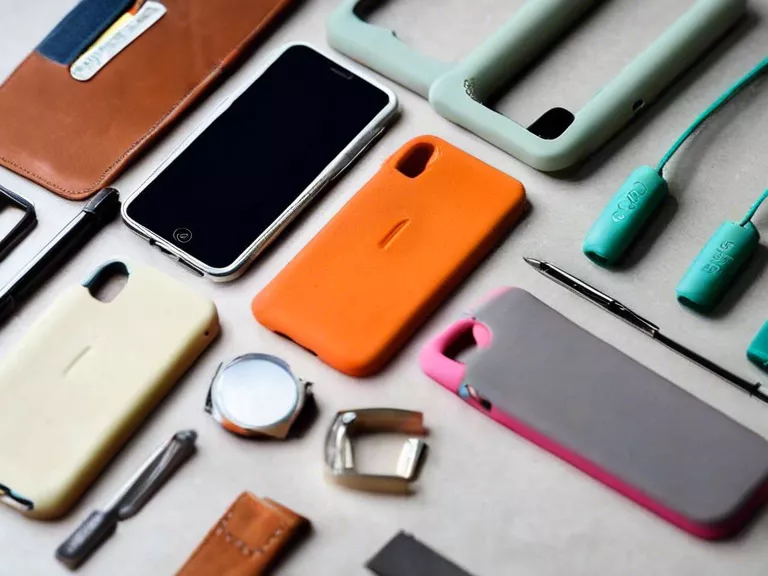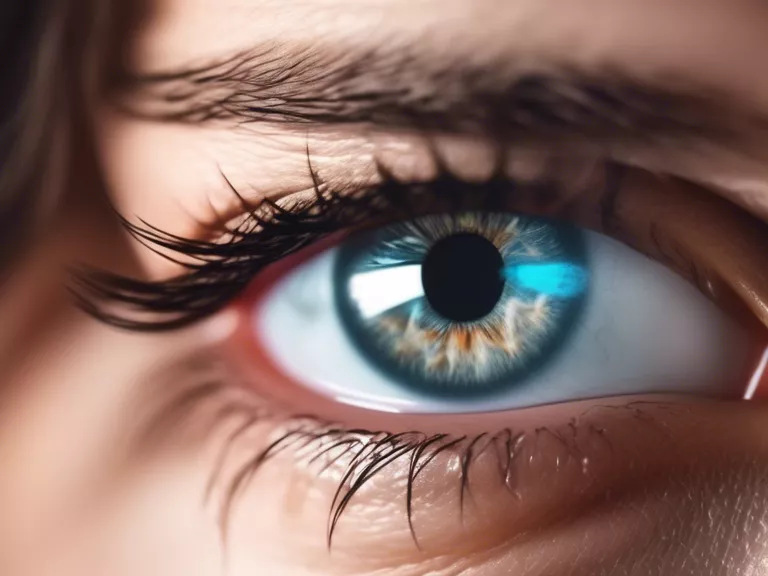
How to choose the best screen brightness settings for your eyes
Have you ever experienced eye strain after staring at your computer or phone screen for too long? The brightness level of your screen could be the culprit. Choosing the right screen brightness settings can make a big difference in reducing eye strain and protecting your eyes. Here are some tips on how to choose the best screen brightness settings for your eyes:
Adjust brightness based on lighting: The brightness of your screen should match the lighting of your surroundings. If you are in a dimly lit room, lower the brightness of your screen to reduce strain. In bright settings, such as outdoors, increase the brightness so that the screen is easily visible.
Use blue light filter: Most screens emit blue light, which can contribute to eye strain and disrupt sleep patterns. Use a blue light filter or enable the night mode on your device to reduce the amount of blue light emitted, especially in the evening.
Avoid extreme brightness: Both overly bright and dim screens can strain your eyes. Find a middle ground where the screen is comfortable to look at without causing eye fatigue. A brightness level that matches the ambient lighting is ideal.
Adjust screen brightness throughout the day: Your eyes may need different levels of brightness depending on the time of day. Increase the brightness during the day and lower it in the evening to reduce strain before bedtime.
Take breaks: Regardless of the screen brightness settings, it's important to take regular breaks to give your eyes a rest. Follow the 20-20-20 rule by looking away from the screen every 20 minutes at something 20 feet away for at least 20 seconds.
By following these tips and adjusting your screen brightness settings accordingly, you can reduce eye strain and maintain healthy eyes while using electronic devices.
